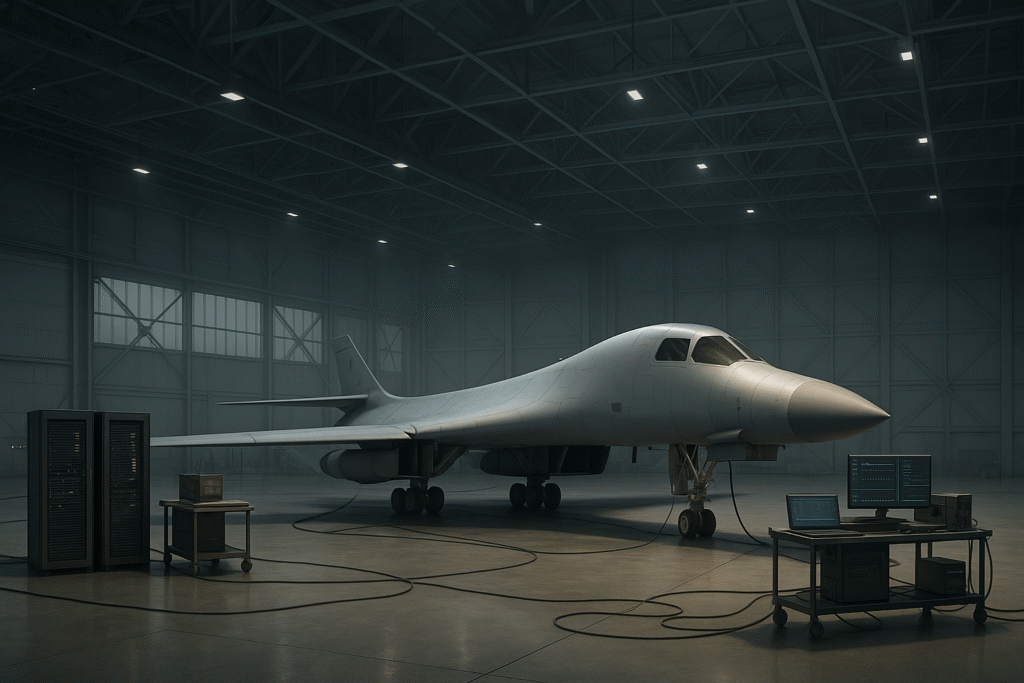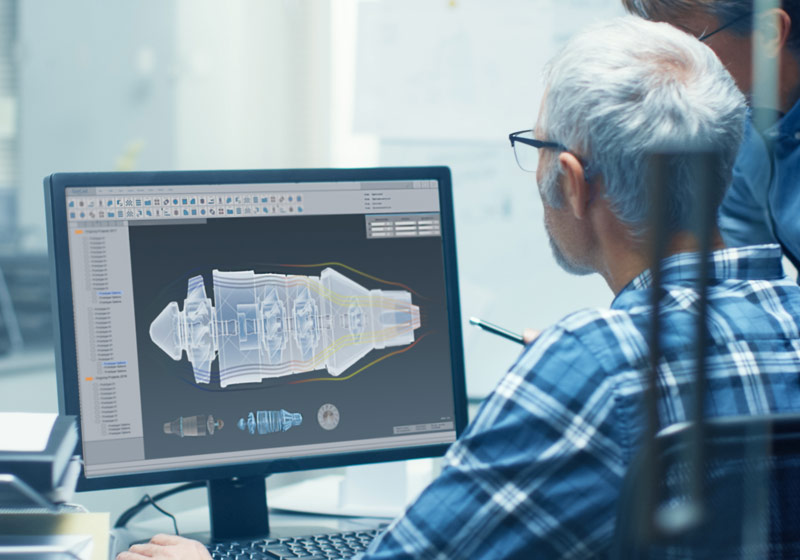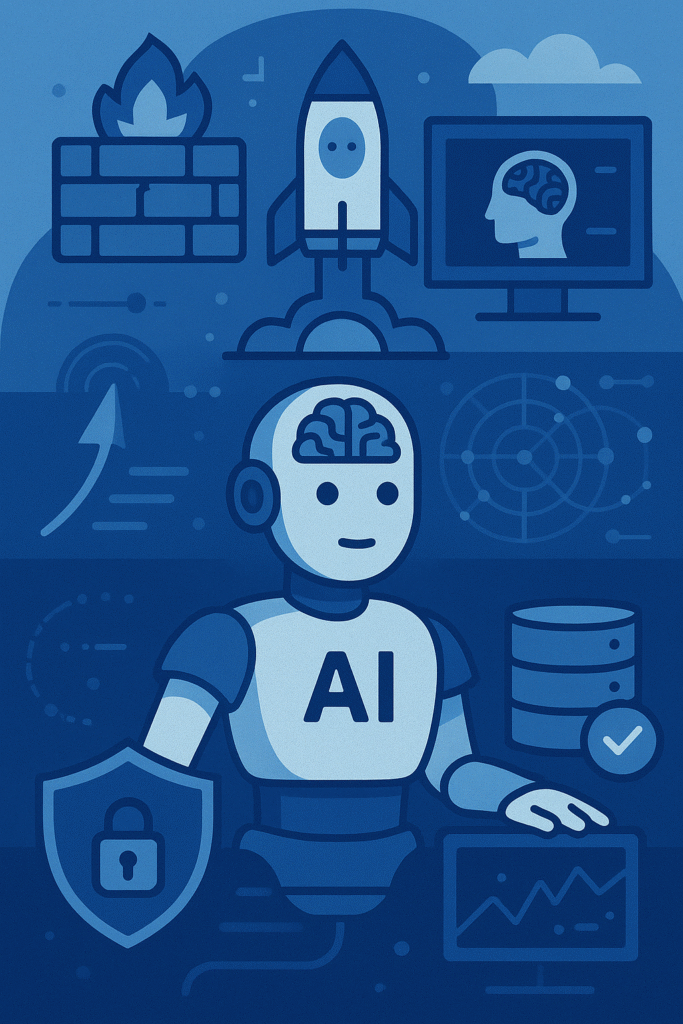Rethinking Flight Testing in Aerospace
Flight testing remains one of aerospace’s biggest cost centers — consuming up to $2B per program and stretching over 3–5 years. Despite advances in telemetry, much of the delay lies in human bottlenecks: engineers manually validate data, detect anomalies, and generate reports.
Custom GPTs are changing that — slashing flight-test cycle time by 40% and enabling defense contractors to accelerate certification without compromising safety.
The Bottleneck: Manual Work in a Digital Age
Each flight generates terabytes of sensor data — everything from structural loads to engine metrics. Yet post-flight analysis can take days:
- 8+ hours for data validation and anomaly checks
- 12+ hours for multi-disciplinary analysis
- 40% of total time spent on compliance reporting
This manual grind slows test cadence from daily to weekly.
The Shift: Custom GPTs in Aerospace Testing
Custom GPTs trained on aerospace telemetry, MIL-STDs, and FAA certification data now automate repetitive analysis with human-like reasoning.
Real-Time Data Validation
- Detects sensor drift and data dropouts instantly
- Flags irregular performance patterns in-flight
- Cuts validation time from 8 hours to 30 minutes
Automated Anomaly Detection
AI models identify performance deviations in real time, enabling immediate retests.
Example: structural load anomalies once analyzed overnight are now flagged within 15 minutes.
Regulatory Report Generation
Custom GPTs draft full compliance documents — FAR Part 25, MIL-STD-810, DO-178C — with embedded data references.
Result: Documentation cycles reduced by up to 90%.
Case Studies: Real Impact in Action
Next-Gen Fighter Program
- Test cycle per point cut from 14 days to 8
- Post-flight analysis: 2 hours vs. 16
- Cost savings: $50M per program
Commercial Aircraft OEM
- Flutter testing timeline reduced 60%
- AI predictive maintenance: 75% fewer unscheduled delays
- FAA certification faster by several months
Implementation Roadmap
Data Integration & Security
Deploy ITAR-compliant data lakes and secure APIs connecting flight telemetry systems.
Custom Model Training
Train GPTs on historical test data, mission logs, and known failure modes.
Validation & Oversight
Run AI analysis parallel to human review until results reach full confidence.
ROI: Measurable and Immediate
By integrating Custom GPTs into the flight test process, organizations achieved substantial cost efficiencies across core operations. Data analysis labor costs dropped from $2.5M to $800K, saving $1.7M annually through automated validation and real-time anomaly detection. Report generation, once a major time sink, fell from $1.2M to $300K, saving another $900K by streamlining compliance documentation. Meanwhile, optimized workflows and faster test cycles reduced overall test operation costs by $3M.
In total, these improvements demonstrate how AI-driven automation doesn’t just accelerate flight testing — it delivers multi-million-dollar savings while improving precision, compliance, and operational efficiency.
Overcoming Challenges
- Cultural shift: Start with pilot programs and transparent AI-human collaboration.
- Legacy integration: Standardize data formats and create real-time processing pipelines.
- Regulatory alignment: Engage FAA/DoD early; show validation accuracy and audit trails.
The Future: Digital Twins and Autonomous Testing
Next-gen systems will combine Custom GPTs + digital twins for live simulation feedback and predictive test planning.
Expect fully autonomous test loops — optimizing flight sequences, assessing risks, and generating certification evidence in real time.
Conclusion: The 40% Advantage
Custom GPTs aren’t futuristic — they’re flying today. By automating validation, anomaly detection, and documentation, aerospace organizations are reducing flight-test cycle times by up to 40%, cutting millions in cost, and accelerating innovation.
In a field where every test day matters, AI isn’t replacing engineers — it’s helping them fly faster, safer, and smarter.



